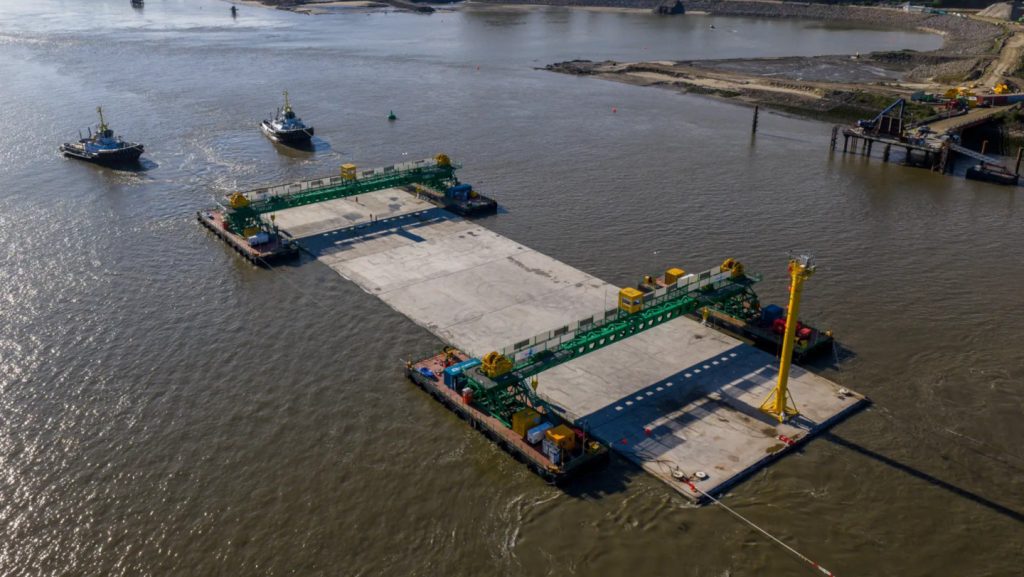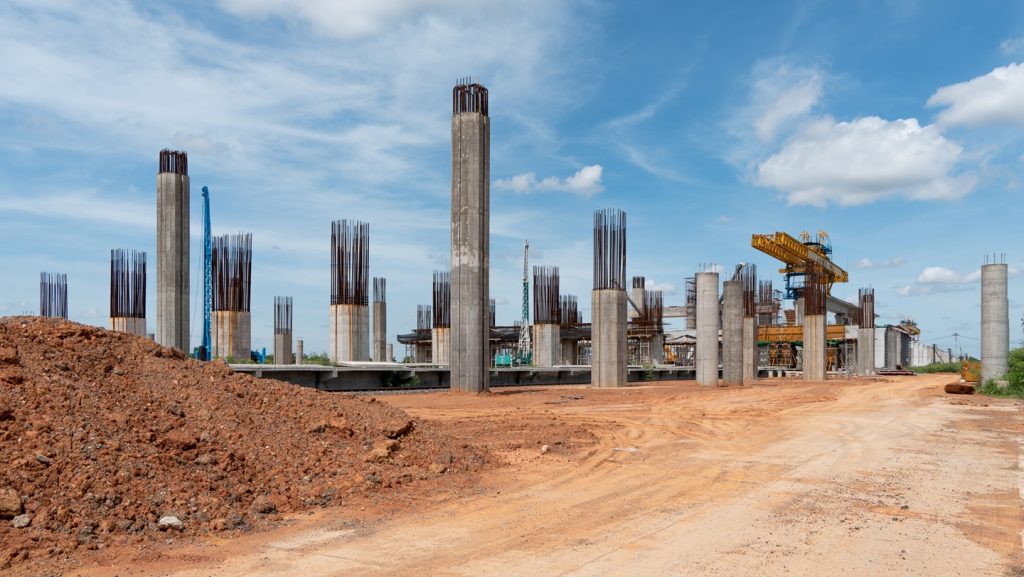Joint venture (JV) COTU, comprising Belgian construction groups BESIX, Stadsbader Contractors, DEME, and Jan De Nul, has initiated the sinking operation of the first tunnel element of the Scheldt Tunnel in Antwerp, Belgium.
The first four of eight tunnel elements have recently been transported to Antwerp and are being stored in the Doeldok.
The remaining four tunnel elements are scheduled to arrive at the Doeldok in the coming months.
By the end of the year, all elements are expected to be positioned at the bottom of the Scheldt.
The submersion process is carefully timed to coincide with neap tide conditions, ensuring minimal current and water levels for stable operation, which takes about two days per element.
Each of the concrete tunnel segments measures 160m in length, 42m in width, and 10m in height, and weighs around 60,000 tonnes (t).
The segments are transported from the Doeldok to the sinking site, where they are positioned transversely across the Scheldt.
BESIX and JV COTU project director Jan Bauwens said: “Six winch wires, attached to anchor poles on both banks, take over one by one from the tugboats and carefully position the tunnel section with the help of the ebb current, which assists the turning movement.”
Water-filled ballast tanks and sinking catamarans ensure the elements descend steadily and accurately.
A control room on the left bank, outfitted with specialised equipment, oversees the entire operation. The sinking is executed slowly to reduce the risk of errors.
Bauwens added: “Every step is literally a matter of millimetres: once on the Scheldt bed, the tunnel element must not deviate more than 35mm from the precalculated position.”
On the Scheldt riverbed, two 120t concrete slabs act as supports for the tunnel elements.
After placement, a hydraulic pump secures the element against the adjacent tunnel mouth, and a rubber joint profile ensures watertightness. The space beneath the element is filled with a sand mixture for stability.
The Scheldt Tunnel is the final component of the Oosterweel link, which will include two tubes for car traffic, an emergency tube, and a cycle tube measuring 6m in width.
By 2028, the tunnel will provide a direct cycle path between the Left and Right Banks of Antwerp, with car traffic to follow in 2030.
The entire Oosterweel link is slated for completion and opening in 2033.
Last month, the NucleusSafe JV, including BESIX, its subsidiary Vanhout, Deckx and Stadsbader Contractors, was chosen by Belgium's radioactive waste management agency ONDRAF/NIRAS for civil works for an inaugural near-surface nuclear waste disposal facility in Dessel.















